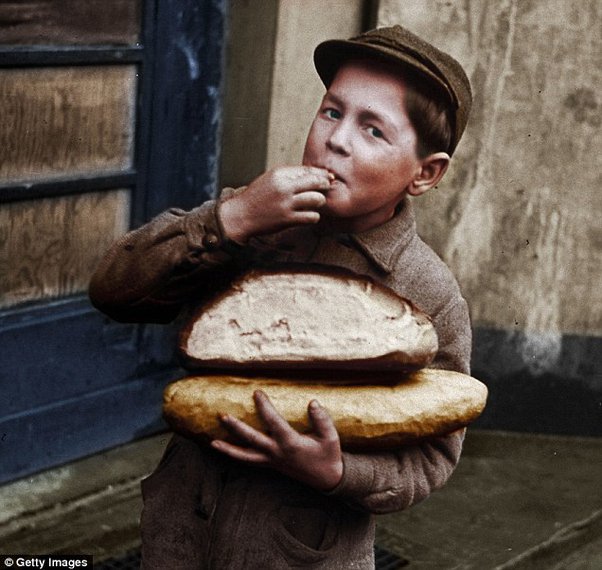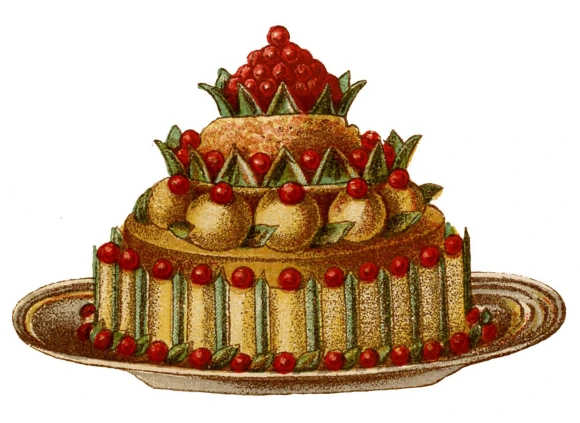Why did they have chimney sweeps at weddings?
The tradition of having chimney sweeps at weddings, particularly in the United Kingdom and Germany, has historical roots and is associated with various superstitions and beliefs. Here are some of the reasons why chimney sweeps were included in wedding ceremonies:
- Symbol of Good Luck: Chimney sweeps have been considered symbols of good luck in many cultures. The presence of a chimney sweep at a wedding was believed to bring good fortune to the newlyweds, ensuring a happy and prosperous marriage.
- Cleansing and Purity: In the past, chimney sweeps were associated with the removal of dirt, soot, and impurities from chimneys. By having a chimney sweep present at the wedding, it was believed that he could symbolically cleanse the couple of any impurities or bad luck, allowing them to start their marriage with a clean slate.
- Protection: Chimney sweeps were thought to protect the couple from negative influences and evil spirits that might attempt to disrupt their happiness on the wedding day. The sweep’s presence was seen as a safeguard against potential misfortunes.
- Warding Off Bad Luck: Encountering a chimney sweep on the wedding day and receiving a kiss from them was believed to ward off bad luck and ensure a successful and joyful marriage.
- Historical Tradition: Over the centuries, the custom of including a chimney sweep in wedding ceremonies became a tradition, and it was passed down from one generation to the next.
- Romantic and Charming Tradition: The practice of having a chimney sweep at weddings adds a unique and romantic element to the ceremony. The sight of a chimney sweep in their traditional attire and the kiss from the sweep often create memorable and picturesque moments in the wedding celebration.
In modern times, the tradition of including a chimney sweep in weddings has evolved. While some couples continue to follow this custom for its historical and sentimental value, others do it more as a fun and charming addition to their wedding day. It’s important to note that these customs are rooted in superstition and folklore, and they are often observed as cultural traditions rather than strict beliefs in the magical powers of chimney sweeps.
Is it good luck to shake the hand of a chimney sweep?
Shaking the hand of a chimney sweep is considered a symbol of good luck in some cultures, similar to the belief associated with having a chimney sweep present at weddings. The idea is that encountering a chimney sweep and offering a handshake to one can bring good fortune and protect against bad luck. This belief is rooted in superstition and folklore rather than any scientific or factual basis.
In the past, chimney sweeps were associated with positive qualities such as cleanliness (due to their work in removing soot and dirt) and bringing light and warmth to homes. These positive associations led to the belief that interactions with chimney sweeps could bring blessings and ward off misfortune.
The practice of shaking hands with a chimney sweep is often a lighthearted and fun tradition, and it’s not taken too seriously in modern times. It’s sometimes incorporated into events or celebrations where chimney sweeps are present, such as weddings or special occasions, for the sake of tradition and to add a touch of charm to the proceedings.
While it may not have a scientifically proven impact on one’s luck, it can be a delightful and memorable part of an event or celebration.
What is another name for a chimney sweep?
Chimney sweeps are known by various names in different regions and languages. Some common alternative names for a chimney sweep include:
- Soot-Blower: This term reflects the chimney sweep’s role in removing soot and creosote from chimneys.
- Flue Cleaner: A flue is the passage that allows the escape of smoke and gases from a heating appliance, such as a fireplace or furnace. Chimney sweeps clean and inspect these flues, hence the name “flue cleaner.”
- Flue Technician: Similar to “flue cleaner,” this term emphasizes the technical and specialized nature of the work chimney sweeps perform.
- Chimney Technician: This term highlights the chimney sweep’s expertise in inspecting, cleaning, and maintaining chimneys and flues.
- Chimney Doctor: This name suggests that chimney sweeps diagnose and treat issues with chimneys and heating systems, much like a doctor cares for the health of a person.
- Fireplace Sweep: This term may be used when the primary focus is on maintaining and cleaning fireplaces, which is a common part of a chimney sweep’s work.
The specific name used may vary by region and the specific services offered by the professional. In general, the job of a chimney sweep involves inspecting, cleaning, and maintaining chimneys and heating systems to ensure safety and efficiency.






